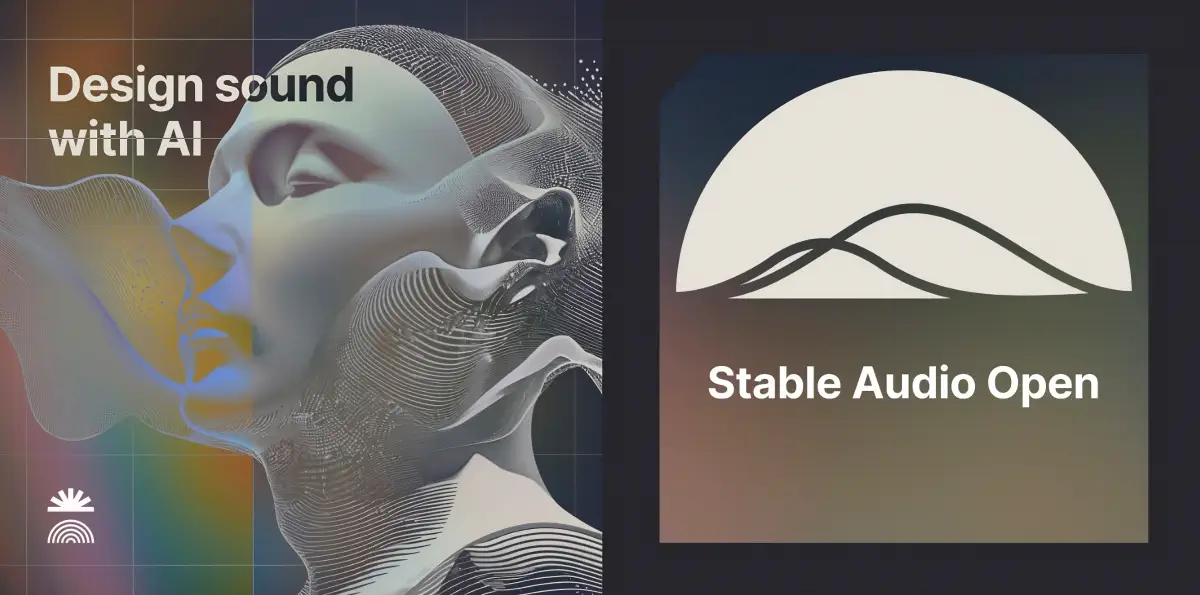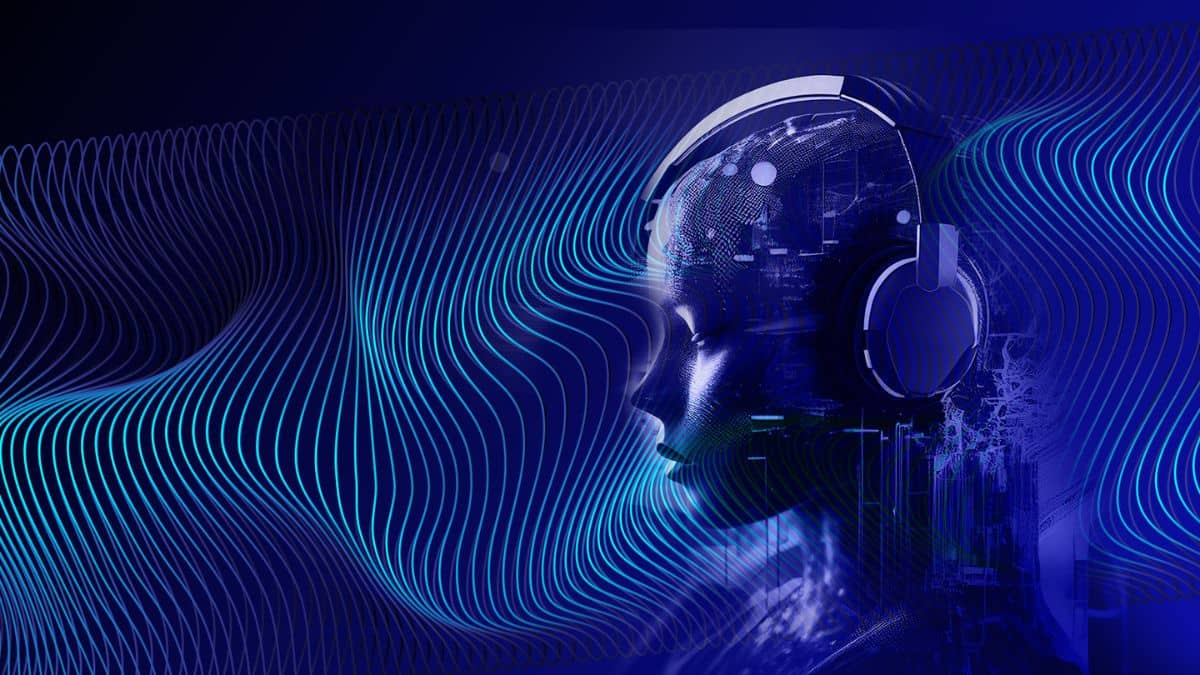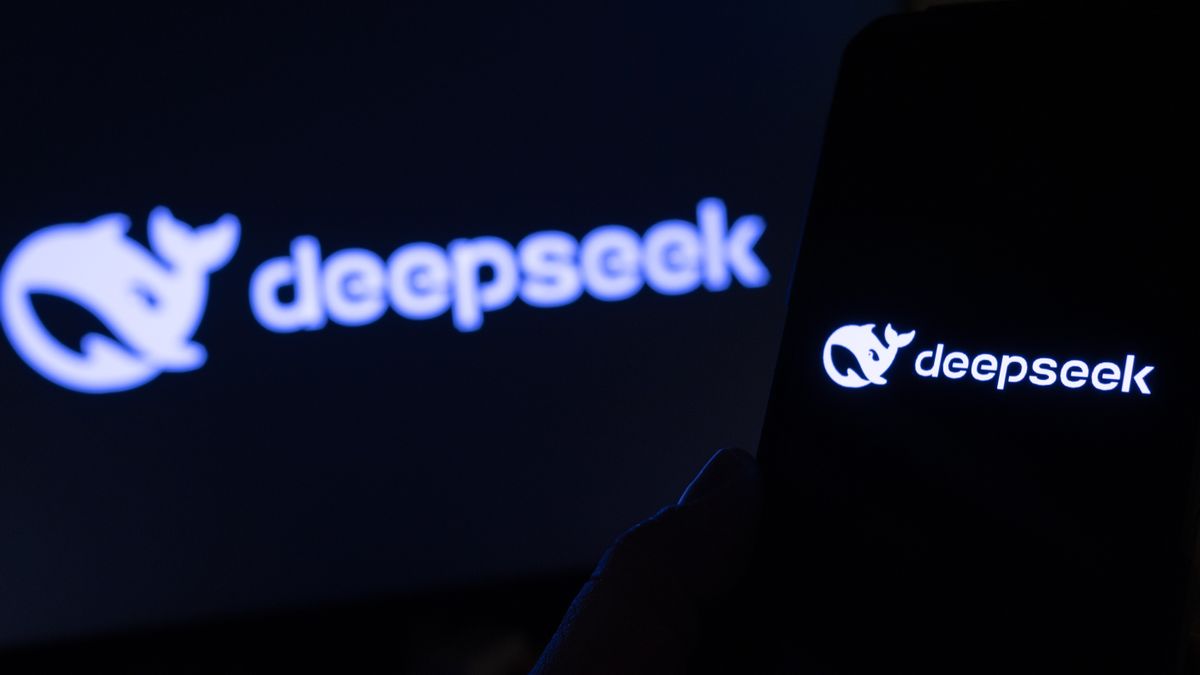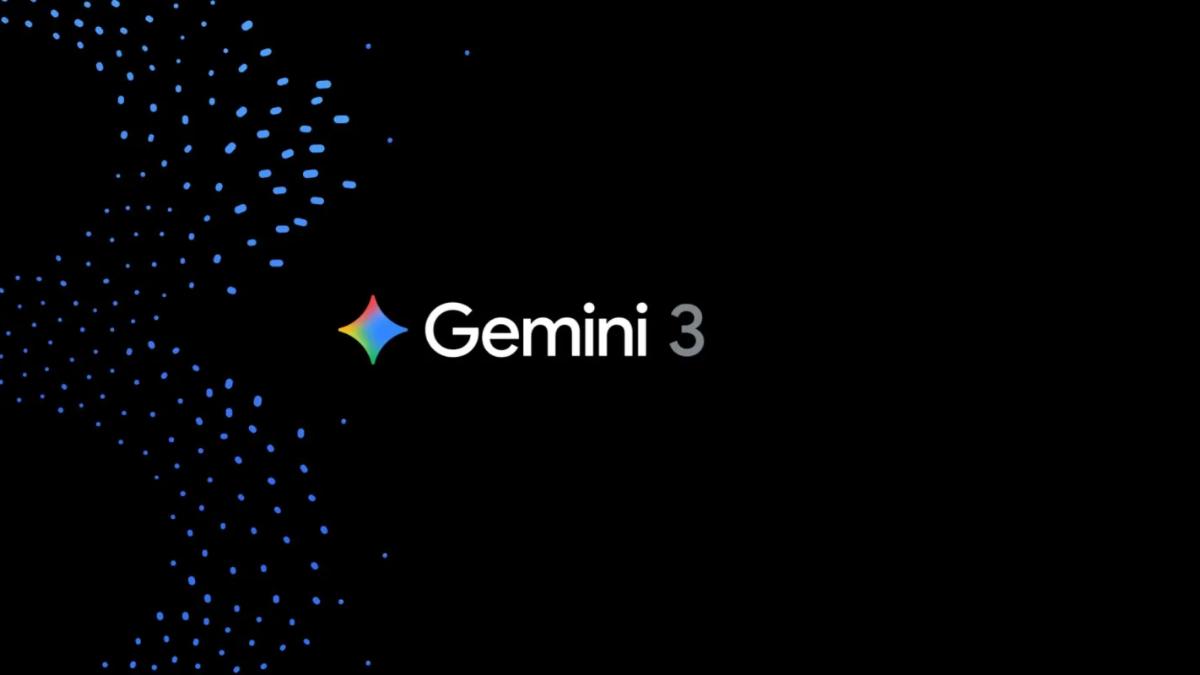Stable Diffusion 3 is the latest breakthrough in AI image generation, offering unparalleled precision and quality in text-to-image synthesis.
This cutting-edge model, developed by Stability AI, represents a significant leap forward in the field, providing a robust solution for companies seeking to automate and optimize visual content production.
Stable Diffusion 3 Key Advancements
Stable Diffusion 3 incorporates several key innovations that set it apart from its predecessors:
- Multimodal Diffusion Transformer (MMDiT) Architecture: This architecture uses separate sets of weights for image and language representations, significantly improving text understanding and spelling capabilities.
- Rectified Flow Sampling: This technique enables faster and higher-quality image generation by following a straight path from noise to clear image.
- Improved Text Encoders: Stable Diffusion 3 employs three text encoders: OpenAI’s CLIP L/14, OpenCLIP bigG/14, and T5-v1.1-XXL, ensuring exceptional text rendering and prompt following.
Stable Diffusion 3 Performance and Scalability
Stable Diffusion 3 outperforms state-of-the-art text-to-image generation systems in typography and prompt adherence, as evaluated by human preference tests. The model is designed to be highly efficient, capable of generating high-quality images in less time, and can be scaled up to handle complex prompts and large datasets.
Stable Diffusion 3 Applications and Accessibility
Stable Diffusion 3 is poised to transform various industries, including advertising, education, and media, by providing a robust solution for integrating text and images. The model is accessible to a wide range of users, from individual artists to large companies, and is available for commercial use through Stability AI’s membership program.
Stable Diffusion 3 represents a significant advancement in AI image generation, offering unparalleled precision and quality in text-to-image synthesis. Its innovative architecture, sampling techniques, and text encoders make it an essential tool for companies seeking to automate and optimize visual content production.
As the model continues to evolve and improve, it is likely to have a profound impact on various industries and applications.












